Hatsune Miku: Project Mirai DX is a Rhythm game in where we play through 43 vocaloid songs by either tapping the touchscreen or using the 3DS’s buttons. Before jumping straight into the gameplay we are introduced the a rather unique hubworld displaying a room with 1 of the 6 characters of your choosing. In this room we can change his or her clothes, set an alarm to wake you up, make your own short melodies and much more. There are two mini games you can play with your character Mikuversi which really needs some manner of tutorial as I am still clueless as to how to play and Puyopuyo 39 that is pretty much Tetris with the game’s songs playing in the background. You can also set your character’s allowance, eat with them and just watch them rage when they lose in a arcade machine you bought them.
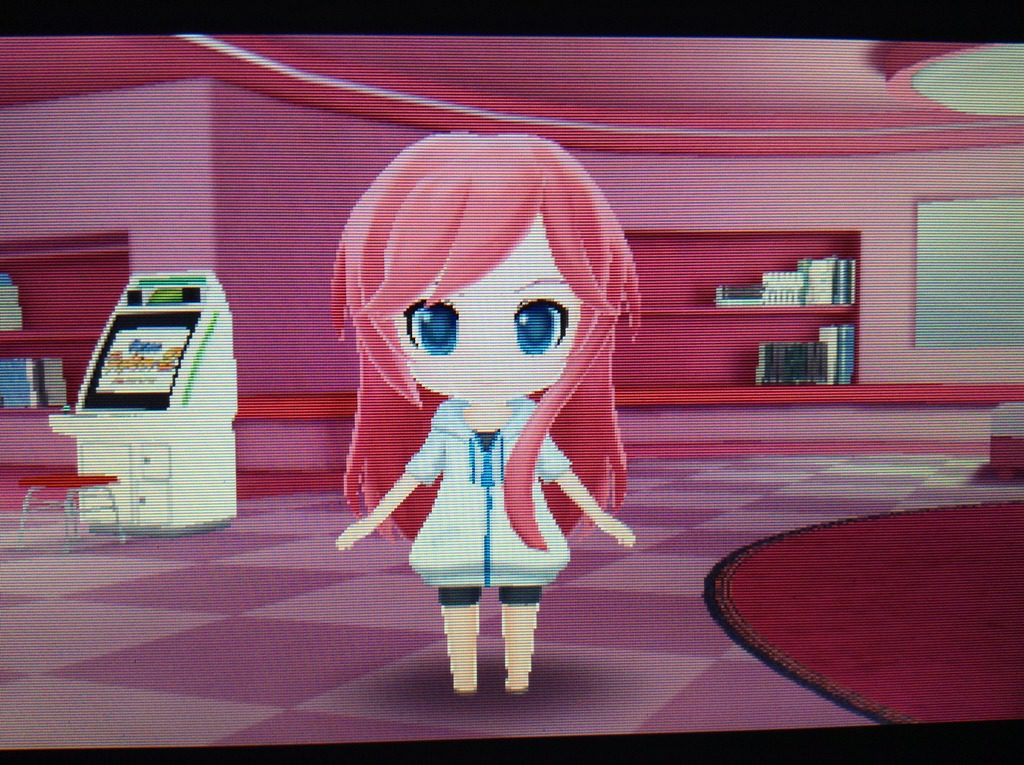
It definitely has a slight simulator vibe to it which can be completely ignored if you wish. Going out to town is as simple as pressing the X button where you are taken to a static screen of said town. A neat feature is that it is either day or night depending on what time you are playing the game at. There is a dance studio to make custom dance routines, a store to buy items or snacks and an Estate shop that can sell you better rooms. To afford any of this you must go to “Rhythm” where you earn MP after completing a song. At first most of the songs are locked and only by completing an existing one will new songs be unlocked. You have the options of either Easy or Normal difficultly while Hard is only available once you have beat a song. Both using the buttons and tapping to the beta of the song are legitimately fun ways to play the game.
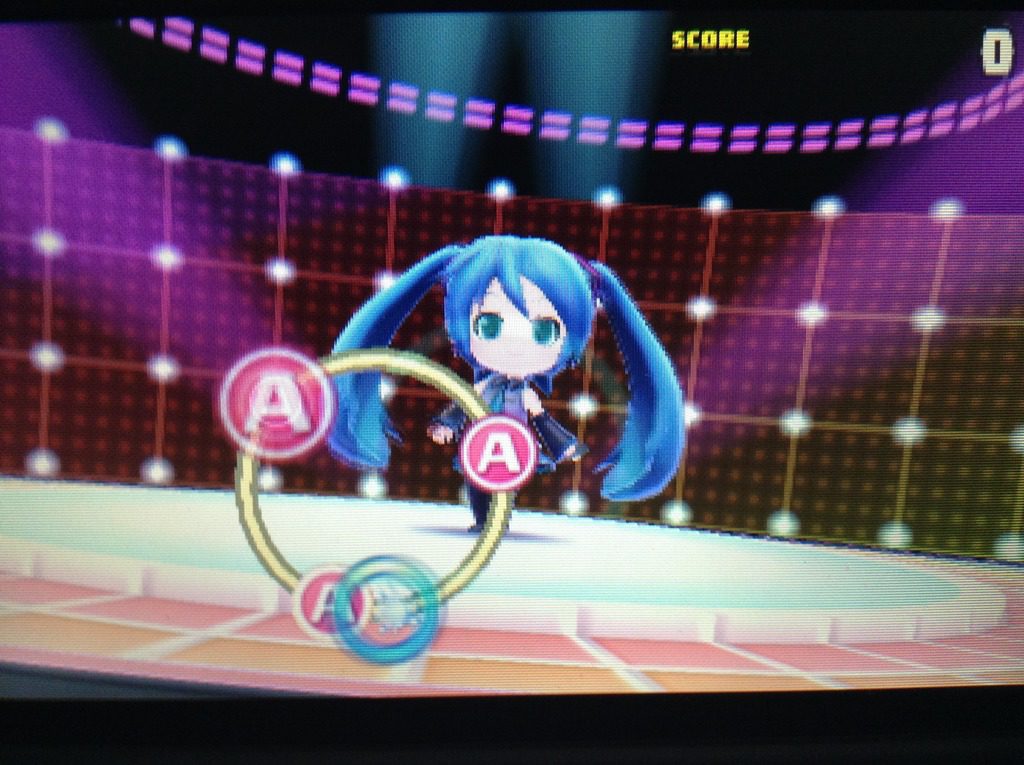
Once you start a song you’ll see an empty circle moving along some blue rails. On the rails are the buttons you need to press and it is up to you to both press the correct ones and try to line them in as perfectly inside the circle as you can. If you are playing on tap mode you may need to occasionally slide your stylus a certain direction to hit a note. Playing tap mode on Easy you can tap anywhere on the screen, Normal has the screen halved and tasks you with dealing with a red and blue screen while Hard has an extra color being yellow. It is surprisingly fun using the touchscreen to play and is very responsive. Using the buttons is equally as fun and my preferred way to play. Easy and Normal for that style of play are pretty much the same while Hard is when the X button finally starts to be used. The dpad comes into play too though very rarely making it hard to getting the hang of using it.
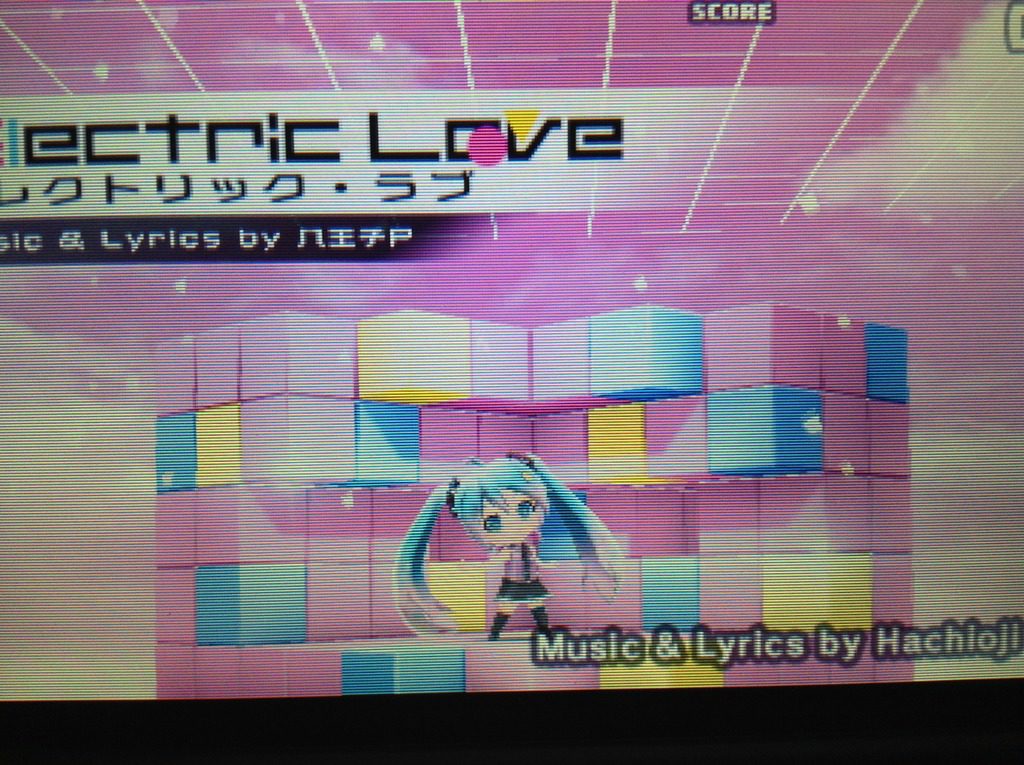
It’s not particularly challenging even on normal until very late in the game and playing a song on Hard is a massive difficulty spike. Having more in between difficulty modes like in the Project Diva series would have done wonders to ease you into trying harder modes. While not impossible to get the hang of, it can be a bit frustrating due to the game not really training you on using the Dpad and the sudden introduction of a new button make the process a painful one. A rhythm game lives or dies by the quality of it’s music and luckily for us it has a ton of great songs, 48 in fact. That is quite a bit of music to play through and with three different difficultly modes and two different ways to play the game this has quite a lot of playtime to offer you. Songs are sung by a multitude of vocaloid characters such as Hatsune Miku, Megurine Luka and Katio to name a few.
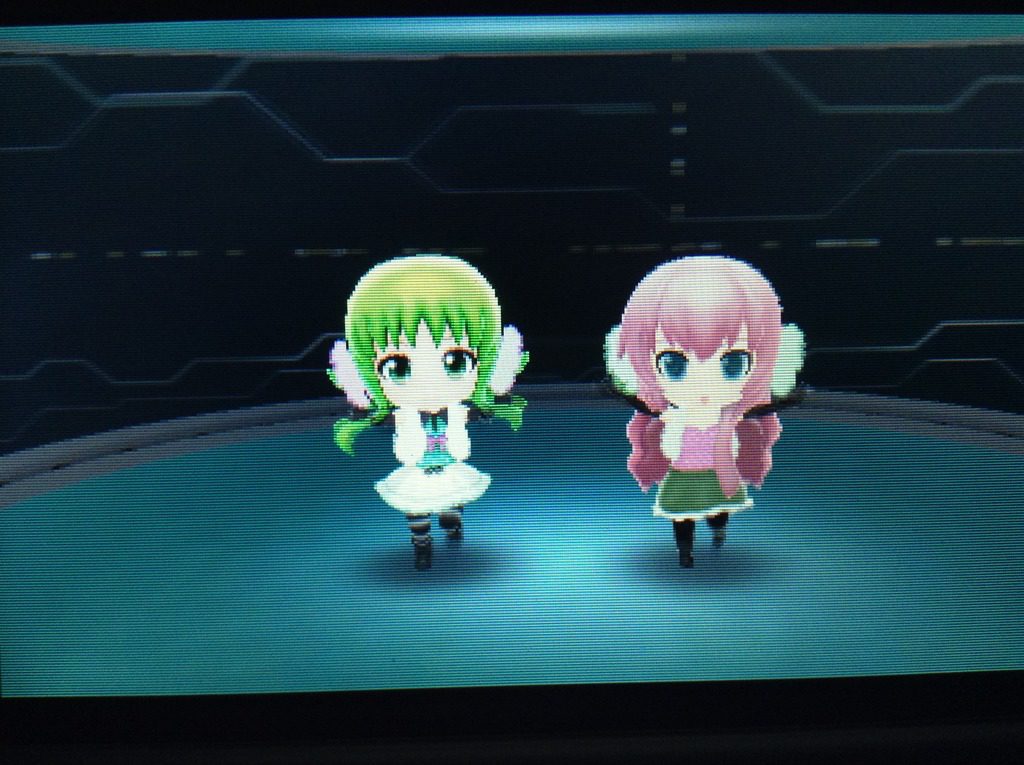
If you are unaware what vocaloids are, they are pretty much artificial voices designed to allow users to create vocalists for their songs. The combination of artists being able to add singers to their songs and the availability of the Vocaloid program has lead to an amazing explosion of music ranging from dark and depressing to the cheerful and catchy ones of this game. Project Mirai DX has a very good selection of songs that fit perfectly with the fast paced, blink and miss a note feel of the gameplay. You are graded and scored on how well you preform on that given song receiving a grade ranging from S+ to a D. You are not only graded for hitting the right notes but on how perfectly aligned to the circle cursor you had it when you press the button. There isn’t really much of a reward aside from a bit more money and bragging rights but it is still something that makes you want to go and replay a song after seeing just how close you were to a higher grade.
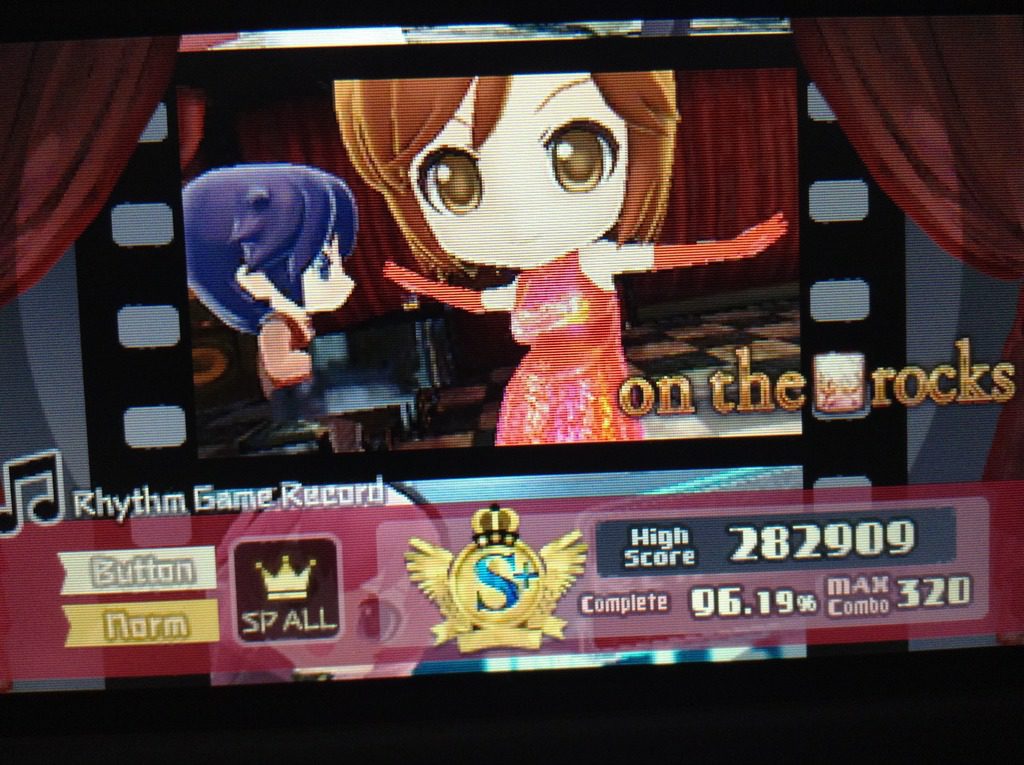
Graphics are colorful and full of activity in the backgrounds while you play. The characters are done in the Chibi artstyle which definitely looks weird as the characters have a giant head and a tiny alien like body. It starts looking cute after you get used to that artstyle though I couldn’t help but stop and stare at the walking bobble-heads upon starting it up for the first time. Joking aside it doesn’t look bad for a 3DS title and the 3D looks great. One minor flaw of the game is that it feels way too zoomed in giving you little time to see what the next notes are though it’s something you’ll get used to very quickly. With tons of songs, different ways to play it and the Social Sim aspects of Project Mirai it is easy to lose many hours in your quest for a better room or better scores on your favorite songs. While the cover art and chibi artstyle make the title look like it was designed for little girls, hard mode is ruthless and even the most hardened of rhythm game fans will have a trouble getting top scores. If your in the market for a long lasting and fun rhythm game for your 3DS Project Mirai DX is one of the best.
- Acrolyte Demo - April 11, 2025
- Lostaris Demo - April 4, 2025
- El Panadero -The Baker- Review - August 27, 2024